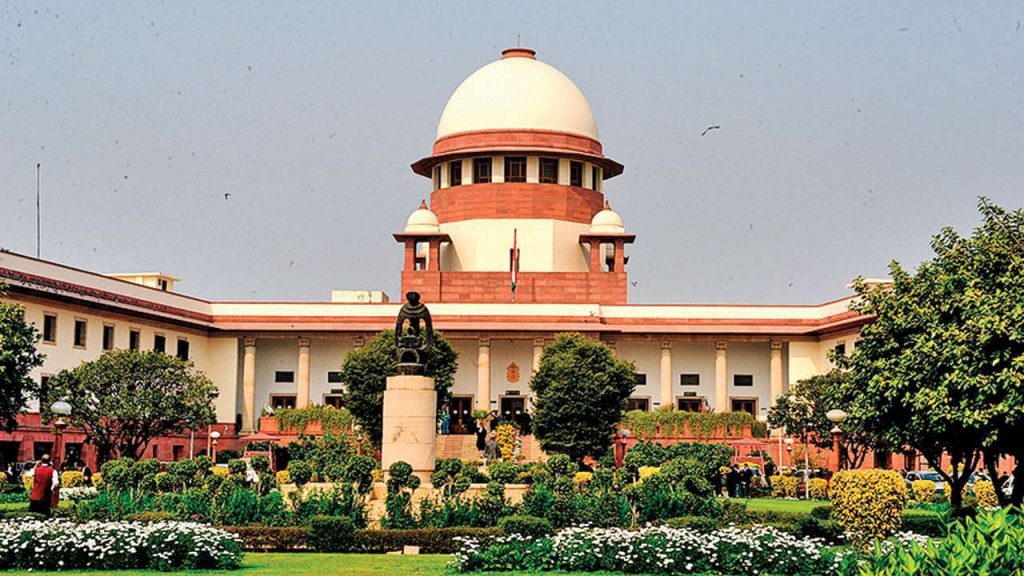New Delhi: The Kerala government has told the Supreme Court that no amount of rejuvenation by any means can perpetuate the 126 years old deteriorated Mullaperiyar dam, built across the Periyar River, and any failure could have a cascading effect on the Idukki Dam situated downstream, which threatens the lives and properties of 50 lakh people.
The Kerala government argued that there was a limit to the number of years one can keep dams in service through maintenance and strengthening measures.
It added that all over the world, citizens, governments and organisations have begun to review the safety of their dams as per modern standards and design criteria.
In an affidavit, the state government said: “If water level at Mullaperiyar is kept at a higher level, releases from it will be affecting the already filled Idukki reservoir. In the worst case of a cascading failure of Mullaperiyar and Idukki, will result in a catastrophe which is beyond imagination affecting the life and property of 50 lakh people residing below the Idukki dam”.
The state government said the erratic rainfall and climate change that occurred in the last four years (2018-2021) is of great concern. “It is in this context that the State of Kerala has urged to maintain the upper rule level at a lower level on September 20th to avoid flash floods downstream of the dam. Hence it was the plea of Kerala to CWC to avoid two peaks in the Upper Rule Levels of Mullaperiyar reservoir”, the affidavit added.
The government urged the apex court to reduce the maximum permissible water level in the reservoir, which is currently fixed at 142 feet, and also emphasized that as a long-term measure, a new dam should be built downstream and Mullaperiyar should be decommissioned.
“The State of Kerala urges before the Hon’ble Supreme court that the proposal to fix the upper rule level of the Mullaperiyar dam at 142 feet on September 20th as formulated by Tamil Nadu may be avoided. It may be noted that the situation in the Periyar basin is unique in that it faces both the South West and North East monsoons,” said the Kerala government.
The Kerala government urged the top court to ensure the water level in the dam’s reservoir should not exceed 139 feet, three feet below the permissible limit of 142 feet, which was prescribed by the top court’s 2014 judgment. However, in 2018 the Supreme Court passed an order to maintain water level at 139 feet during the Kerala floods as a temporary arrangement.
October 25, the top court had asked the Kerala government to refrain from debating the issue regarding suitable height of the water level in the Mullaperiyar dam before it, and rather engage with Tamil Nadu government and the committee.
The top court said it is the task of the expert supervisory committee, appointed by it, to take a decision in the matter, and asked the committee to take a call expeditiously after discussing with all parties concerned. The committee had suggested that no change in water level was required, which has been contested by the Kerala government.
IANS
